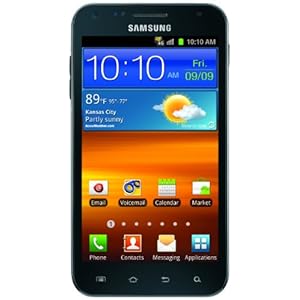HOME RECORDING at ZERO COST (...well, almost). PART 2/3
First off I will obviously leave you the freedom to organize your base as you wish, choosing the midi instruments (like drums) and creating the structure of the song.
If you're interested in recording just the guitar, on the web there's plenty of free bass, keyboard and drum loops, which can be sequenced with softwares like the free ACID XPRESS, among the others.
If you want to record you own voice, or bass, or other instrument, instead, you can just plug into the audio interface or mixer (if you record vocals is recommended to use the XRL input), same if you want to microphone your amp, in either case make sure the input level is high enough, near 0 db (you can check it into the input section of your DAW), but not so high that it's cut from the program, because it will distort (which is bad, it translates into crackle).
We're gonna add the effects later. The Bass should instead be recorded straight with the jack into the interface, trying to get a good starting sound using the tone pots and the right pickup configuration.
Finally, in order to record the keyboard, if we don't want to use them as a midi controller but we just want to record the audio from the line output, we need to keep in mind that, in order to get a stereo sound, we need to use both of its line out (left and right), on two separated tracks to be able to play adequately with the stereophony; in this case too, 99% of the sound shaping should be done directly from the keyboard.
After these few first basic recording suggestions, let's focus on the guitar, which is our main topic :)
We take for granted that you've already installed the audio interface drivers, the DAW, and you have already done a base, with loops, or synths, or recorded instruments. Import the base into a new multitrack project and when everything is set, there are basically two ways to record your guitar on the DAW:
- Directly on your audio interface or mixer, dry (and then we'll add plugins) or with some hardware amp simulator.
- Microphoning the amp.
If you choose to go directly into your interface or mixer, is probably because you can't make too much noise at your place, so this method allows you to get the sound you need without bothering who's around you, working with the headphones. Nowadays the market is full of good hardware guitar processors that simulates the response of real amps, cabinets, stompboxes and everything else, and the price range in pretty wide on this field too, which goes from the cheaper models (ZOOM), to the mid-price zone (LINE6 and DIGITECH), all the way to the highest-end (FRACTAL AUDIO).
These devices allows you to get a decent guitar sound and go straight on your DAW without miking a cabinet, but if you (rightfully) want to hear the full roar of your amplifier (better if tube-driven), and your pedalboard that costed you a fortune, you will surely want to microphone your cabinet. There's plenty of microphones out there, and some are made specifically for the guitar, like the SHURE SM57, or some SENNHEISER (which I personally recommend due to their good quality/price ratio).
There are many ways to microphone a cabinet: close miking, or a bit more far to catch some of the room reverb, straight to the cone or inclined, pointing the center of the cone or some point between the center and the border. Here Is An In-Depth guide about How to Microphone your Guitar Amp.
As I already said before, whether you chose to record directly into the interface, or to microphone the amp, make sure to not cross the 0db, in order to leave the sound wave on its full integrity.
CLICK HERE FOR THE PART 1/3 OF THIS TUTORIAL
CLICK HERE FOR THE PART 3/3 OF THIS TUTORIAL
Become fan of this blog on Facebook! Share it and contact us to collaborate!!





